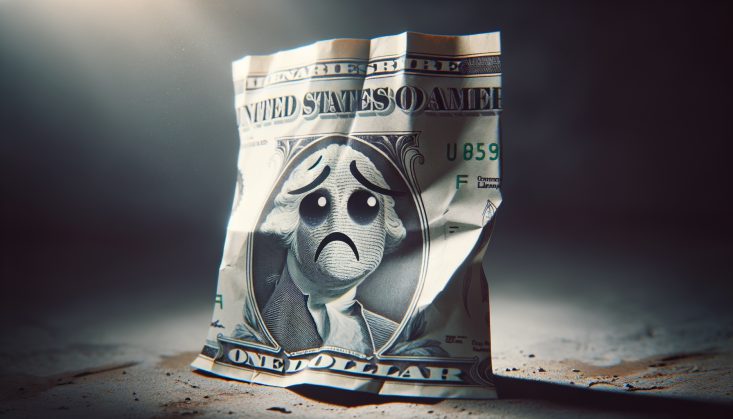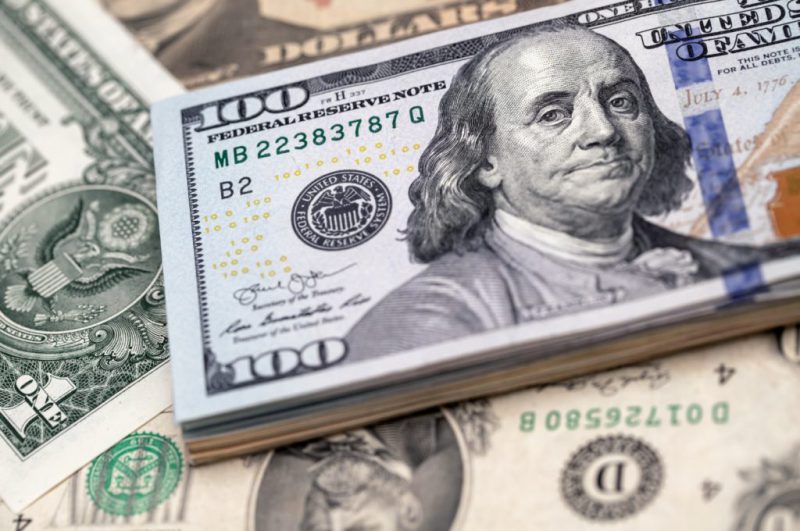The U.S. debt is worrisome as it is spiraling out of control and officials are unable to tame the unwarranted growth. The White House, Federal Reserve, politicians at the Senate, and Capitol Hill are giving the debt a blind eye. Chaos engulfs every budget season with threats of a government shutdown. In addition, calls to increase the debt ceiling echo across the chambers and the government bodies lift the ceiling to avoid a total shutdown.
Also Read: Currency: U.S. Dollar Falls Against The Chinese Yuan
U.S. Debt On Path To Reach $57 Trillion


As of today, the U.S. debt has crossed the $34.4 trillion mark and the unwanted growth is alarming. Data shows that the Federal government is adding an extra $1 trillion every 90 to 100 days. Going at the same pace, the U.S. debt can reach $57 trillion by the end of the decade in 2030.
Also Read: Russia Calls Oil-Producing Countries To Ditch US Dollar Currency
That’s an uptick of 70% from today and a year-on-year growth of 11.6% if the debt is not brought under control. The YoY growth could lead to a financial crisis similar to the 2008 stock market crash. On one hand, the U.S. debt is growing at an alarming pace, and on the other hand, inflation is skyrocketing.
While the U.S. GDP is at $25.5 trillion, its debt has crossed tenfold. The U.S. GDP is growing at a snail’s pace of 2.1% year-on-year while debt is climbing double digits at 11.6%. The development adds pressure on the American economy and could affect the markets in the coming years.
Also Read: Gold Delivered 25% Profits Year-On-Year For 25 Years
The equity markets could be the first to be hit followed by domino effects in the commodity markets. The ripple effects could be felt in the jobs market leading to firings across all the major sectors. Read here to know which jobs in the U.S. will have demand even if the economy slips into a recession.





